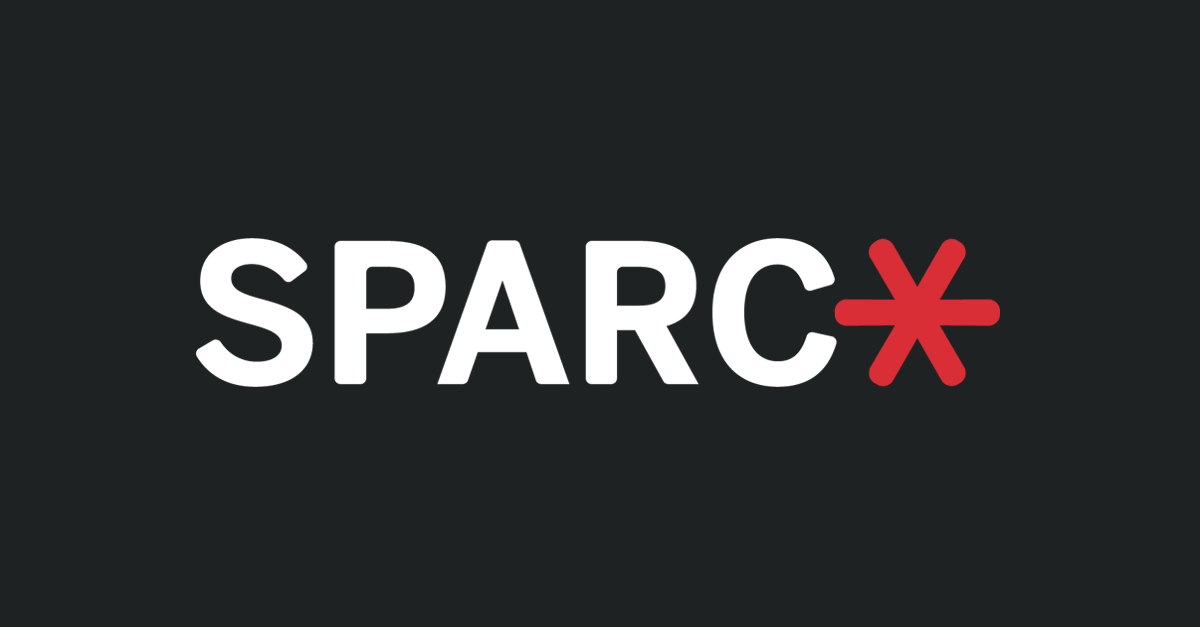What are OER?
Open Educational Resources (OER) are teaching, learning, and research resources that are free of cost and access barriers, and which also carry legal permission for open use. They can include things like open textbooks, audio and video material, test questions, simulations, labs, slides, and anything else you might use in the course of teaching. Open Educational Resources must either be in the public domain or licensed in a manner that provides users with free and perpetual permission to engage in the 5R activities described below.
5Rs: Retain, Reuse, Revise, Remix, Redistribute
Image credit: 5Rs by Ellen September, CC-BY 2.0
Examples of using the Five Rs include...
- Retain: Making, owning, and controlling copies of the content
- Reuse: Fully using the content for any purpose (e.g., using the materials in a class or study group)
- Revise: Adapting, adjusting, modifying, or altering the content (e.g., translating the content into another language)
- Remix: Incorporating the content with other content or making a mashup with other material
- Redistribute: Sharing original or altered version of the content (e.g., sending it to a friend)
Why Open Education Matters
This video explains the basics of open education and explains why it is so important:
Citation: Why Open Education Matters by Degreed




